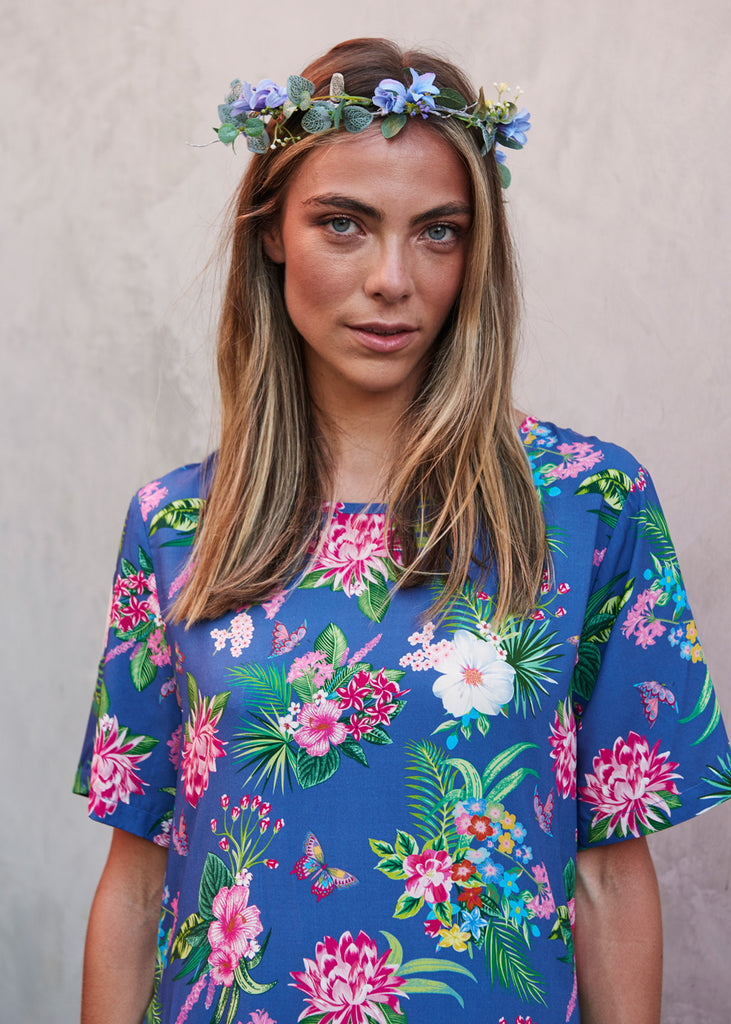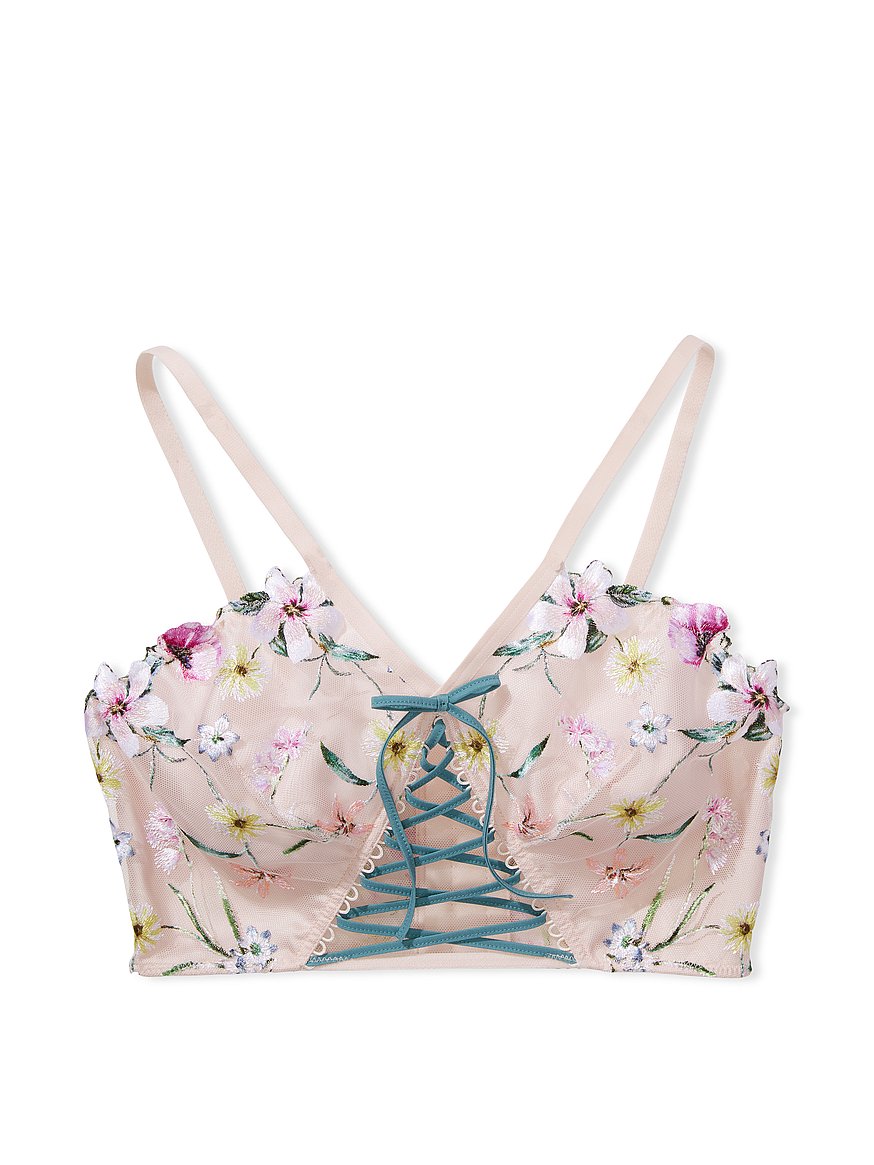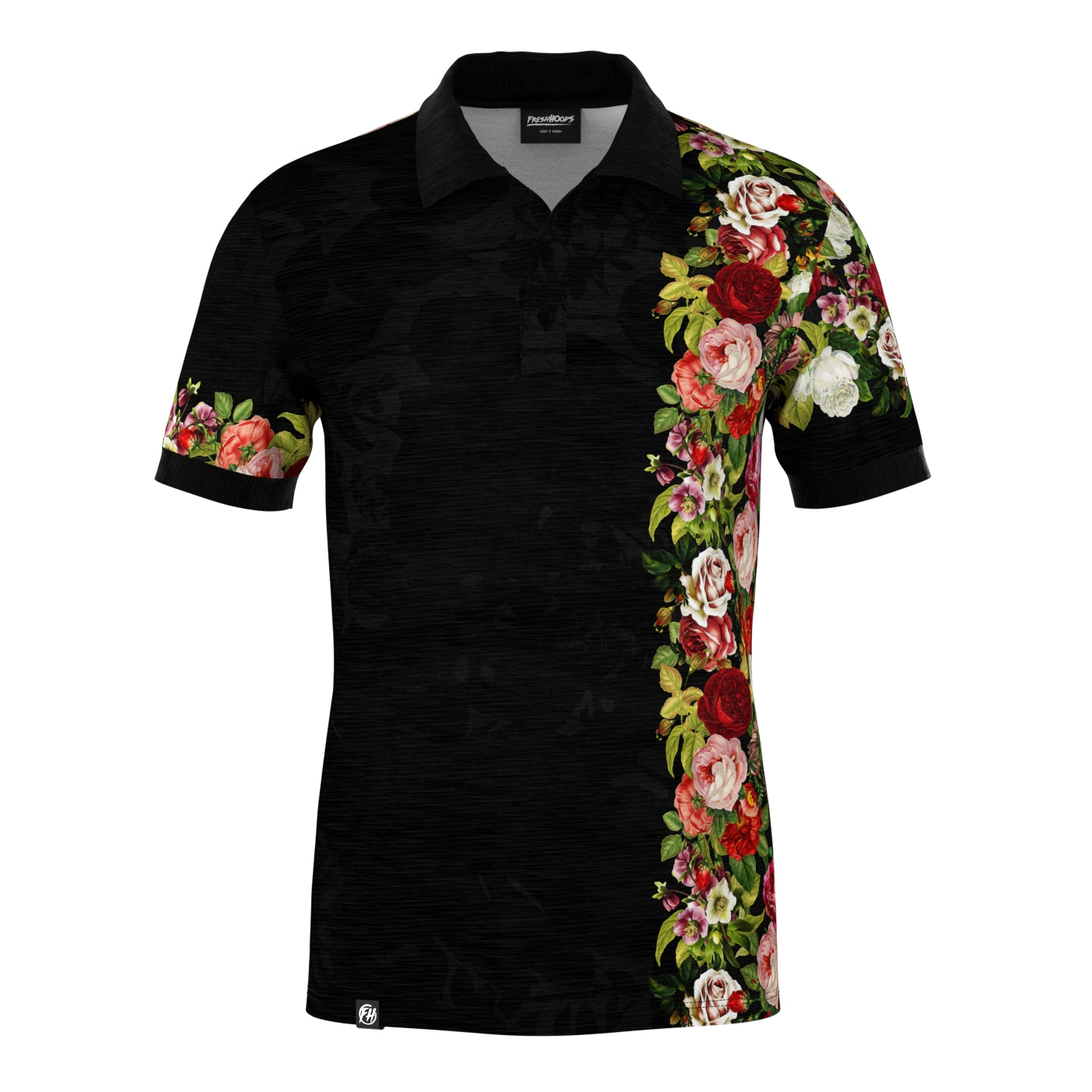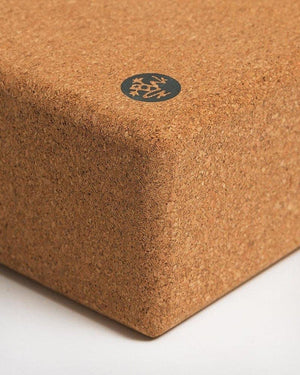
Dig it: The Secret Gardener shares their top tips for bulbs and meadows this November
November is still a good time to plant bulbs that will flower in spring and summer of the following year, and while we've written about the best bulbs for insects here before, it's worth repeating. Many typical garden plants have been bred and selected by horticulturalists for centuries to produce showy blooms that last for a very long time, but this is often at the cost of nectar and pollen which insects are looking for. Most daffodils and tulips fall into that category, but almost everything else you can grow will be useful to insects! So here's my list of bulbs to plant now to help butterflies and bees next year: Muscari (also known as Grape Hyacinth) Crocus Snake's-head Fritillary Hyacinth Allium Nectaroscordum (sometimes known as honey garlic - it drips with nectar!) Wood Anemone Despite their lack of pollen and nectar, I do still plant tall-stemmed daffodils into areas of the garden that I allow to go (almost) wild. Those areas tend to have longer grass and wildflowers that gets cut once a year at most - sometimes I just leave it altogether. Places like this can provide year-round cover for insects and small mammals, so having some daffodils just brightens it up early in the year, and the more vigorous daffodils are able to rise up in spring even through the thickest grass. November is also a good time to try to establish a mini-meadow in your garden. If you have a lawn that you want to convert, now would be the time to cut it as closely to the ground as possible, then really disturb it by raking it harshly with a rake that has fine metal tines, or even using the strimmer to cut away at the grass to expose some soil (remember to remove clippings). This might all seem drastic but it's essential: it exposes soil so you can sow Yellow Rattle onto it. Yellow Rattle is known as the meadow maker - its roots steal nutrients and water from nearby grasses! All it needs is for you to throw onto exposed soil and trample it into the surface. This must be done in autumn or winter, as the seeds need exposure to cold temperatures in order to grow so it can't be done in spring. Even if you don't sow Yellow Rattle, this is still a good way to make ground available for planting of wildflowers. Yellow Rattle plants will appear next year, significantly weakening the grass and making more room for wildflowers. You can also plant those now, either by sowing a wildflower seed mix or buying wildflower plug plants. For gardens I'd recommend tough plants like Common Knapweed, Cowslip, Field Cranesbill, Field Scabious, Bird's-foot Trefoil and Ox-eye Daisy. Check your local nursery to see what they sell, but online retailers also sell a huge range of native wildflowers ready to go in your garden. If you're making a meadow in your lawn this year, please do share your progress with us on our social media channels: Facebook, Twitter and Instagram.
The Gardener is a monthly, national magazine dedicated to inspiring gardeners, providing practical advice and showing step-by-step garden projects.

The Gardener August 2023 (Digital)

Gordon Castle, Author at Gordon Castle and Walled Garden

9 Gardening Secrets You Have To Know

A Little Garden Calendar, by Albert Bigelow Paine, a Project

The best gardening books for 2024 - Gardens Illustrated

Dig it: The Secret Gardener shares their top tips for bulbs and

winter Bramble Garden

summer bulbs sorta like suburbia

The Garden Decoder: What Does It Mean to 'Naturalize' Bulbs

Bramble Garden Country gardener nurturing people, plants – and
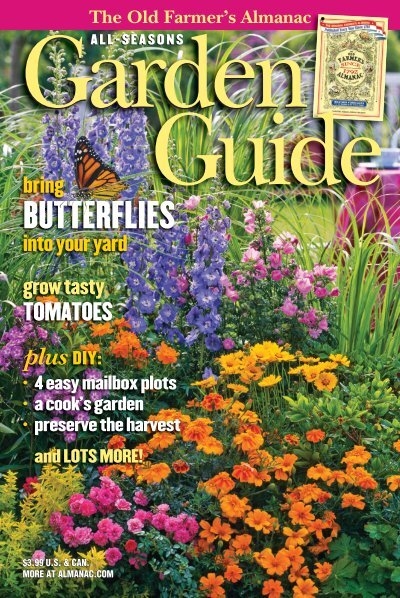
to download The Garden Guide - Old Farmers Almanac

11 Ways to Start Preparing Your Garden for Winter This Fall

